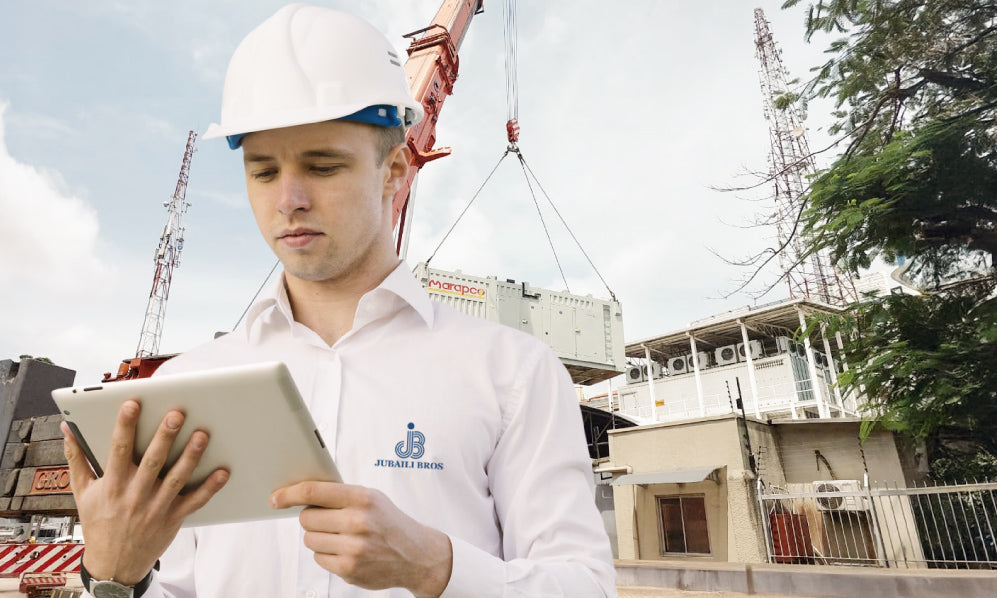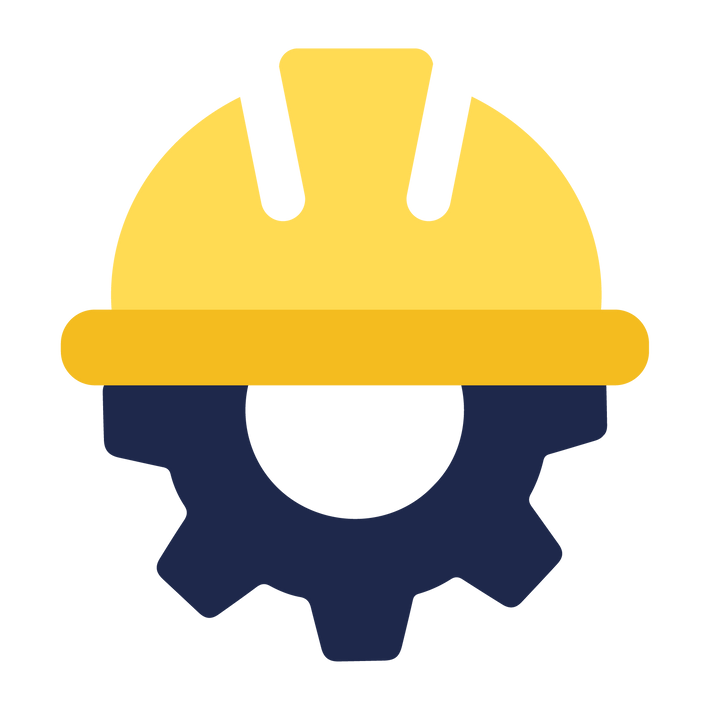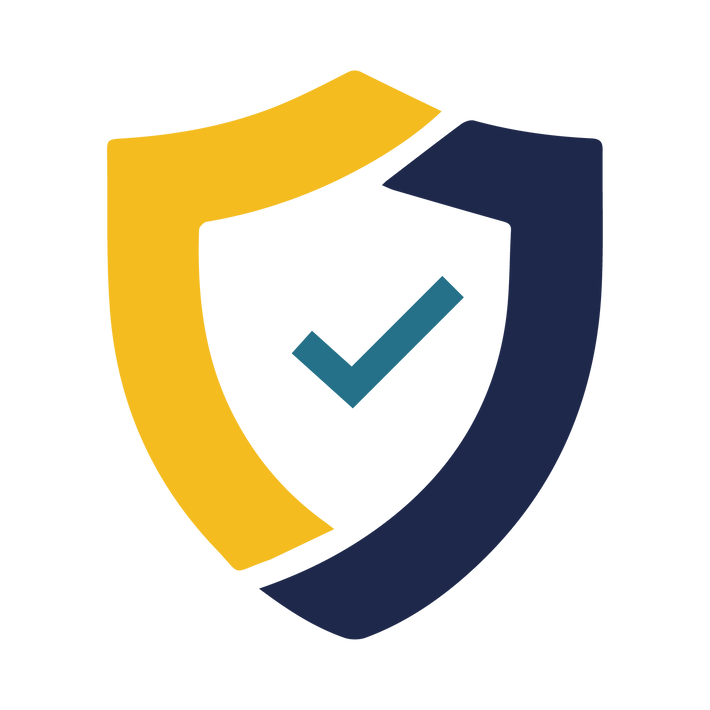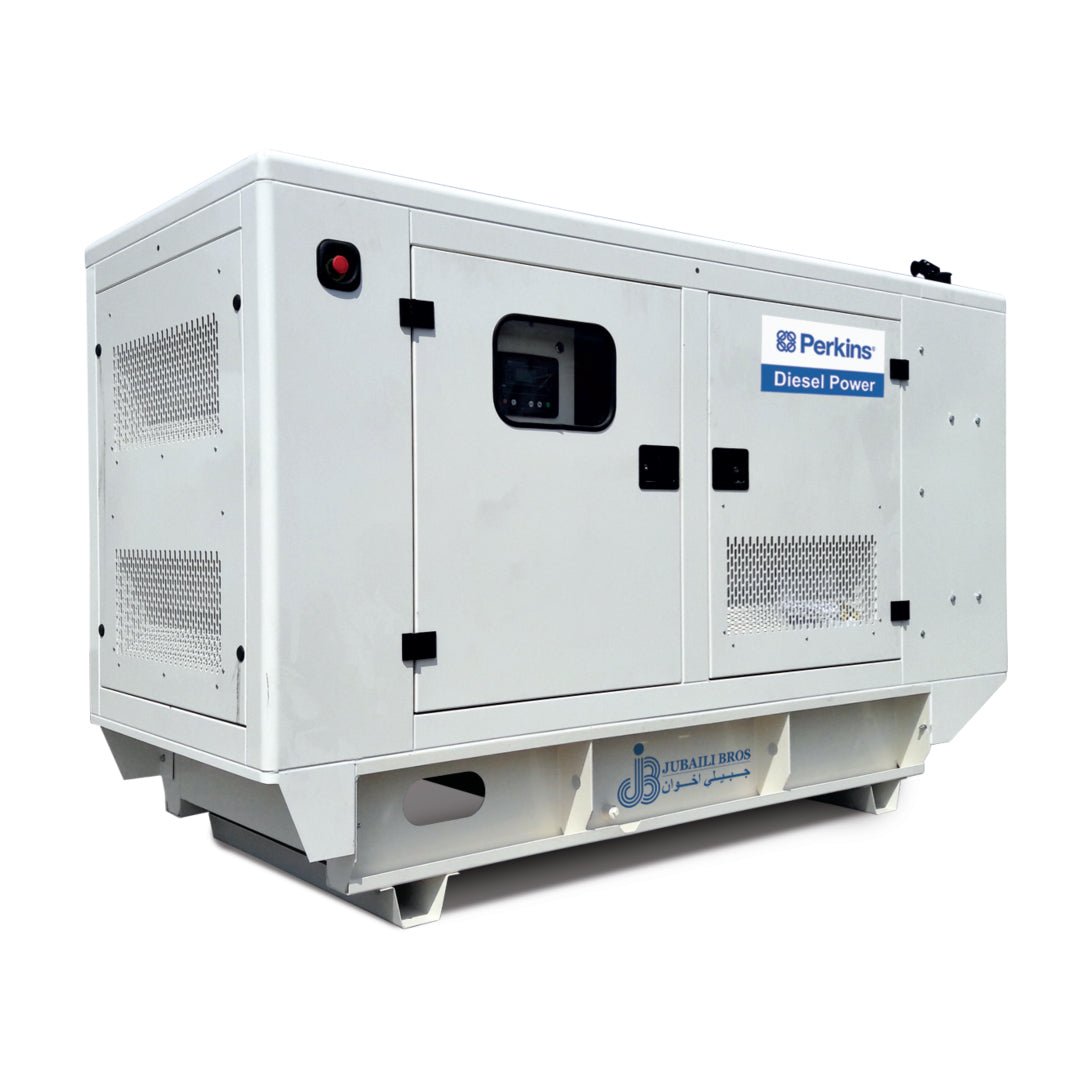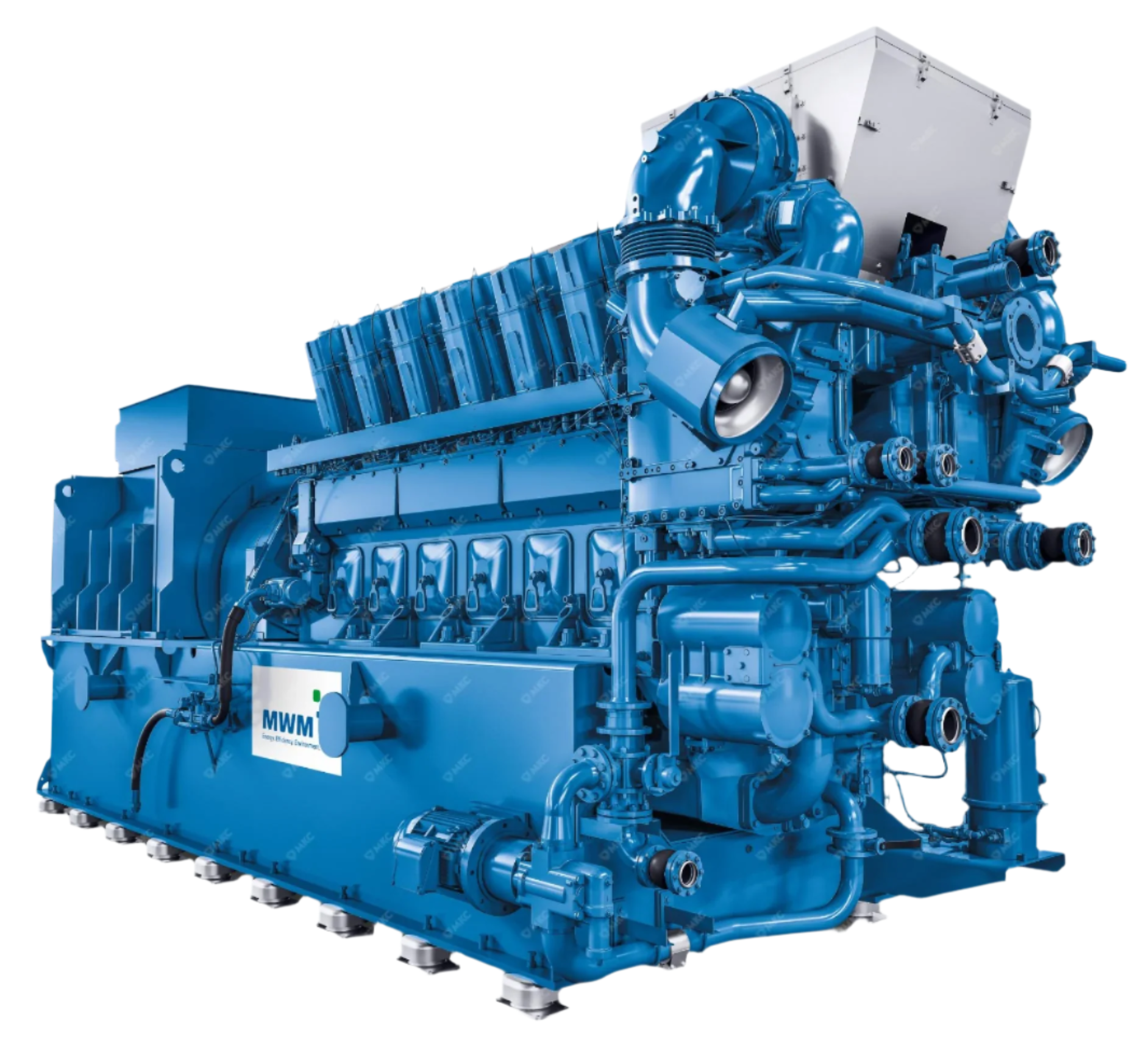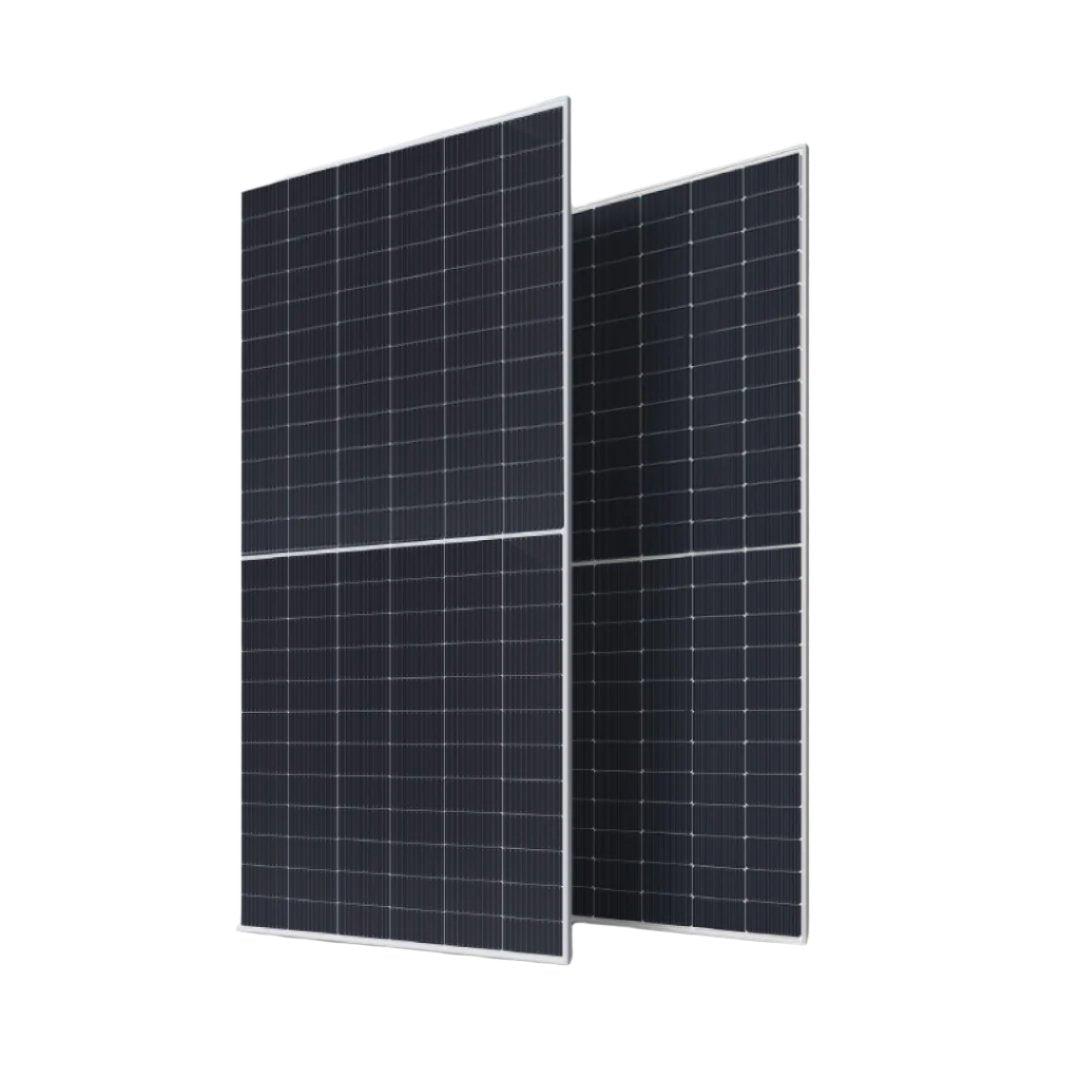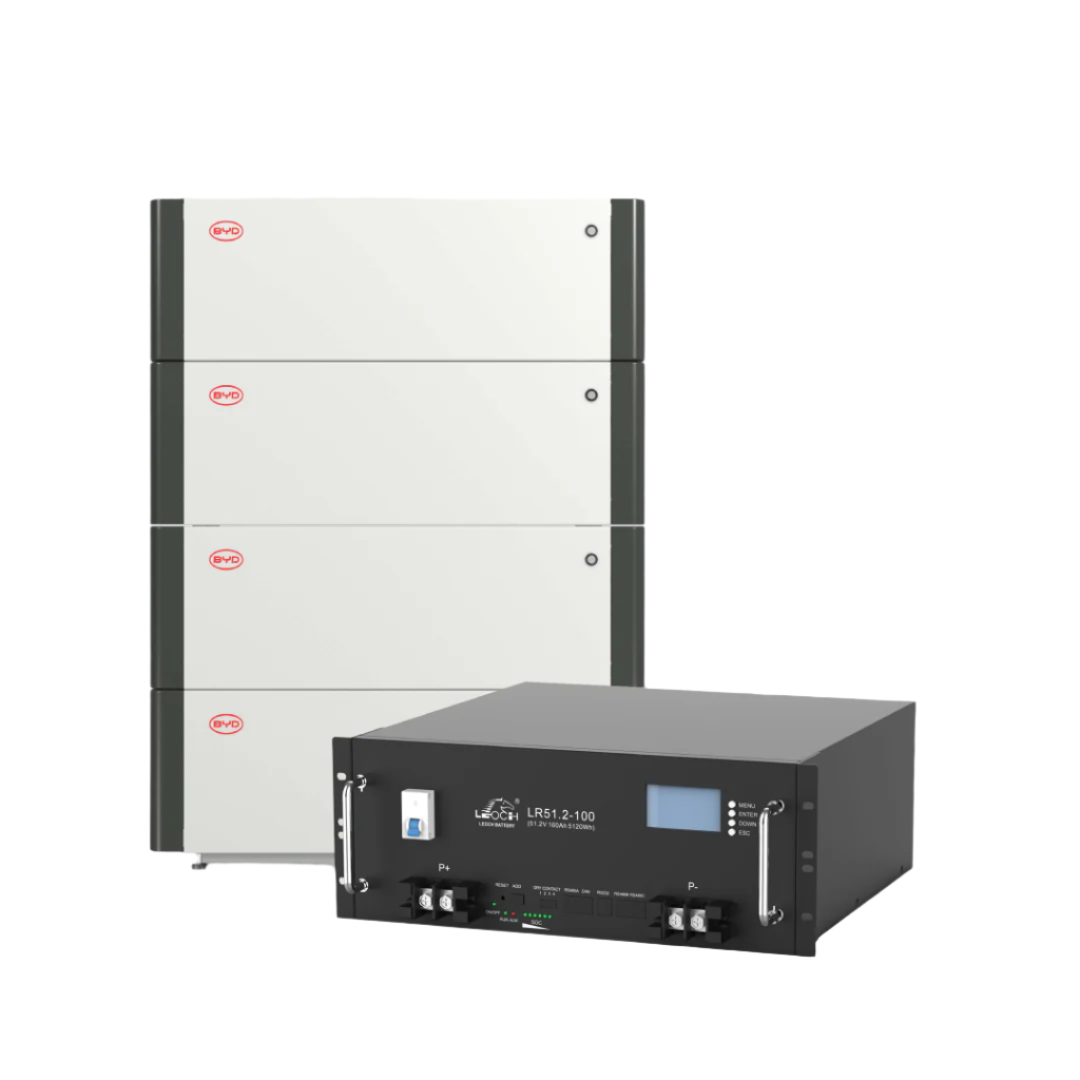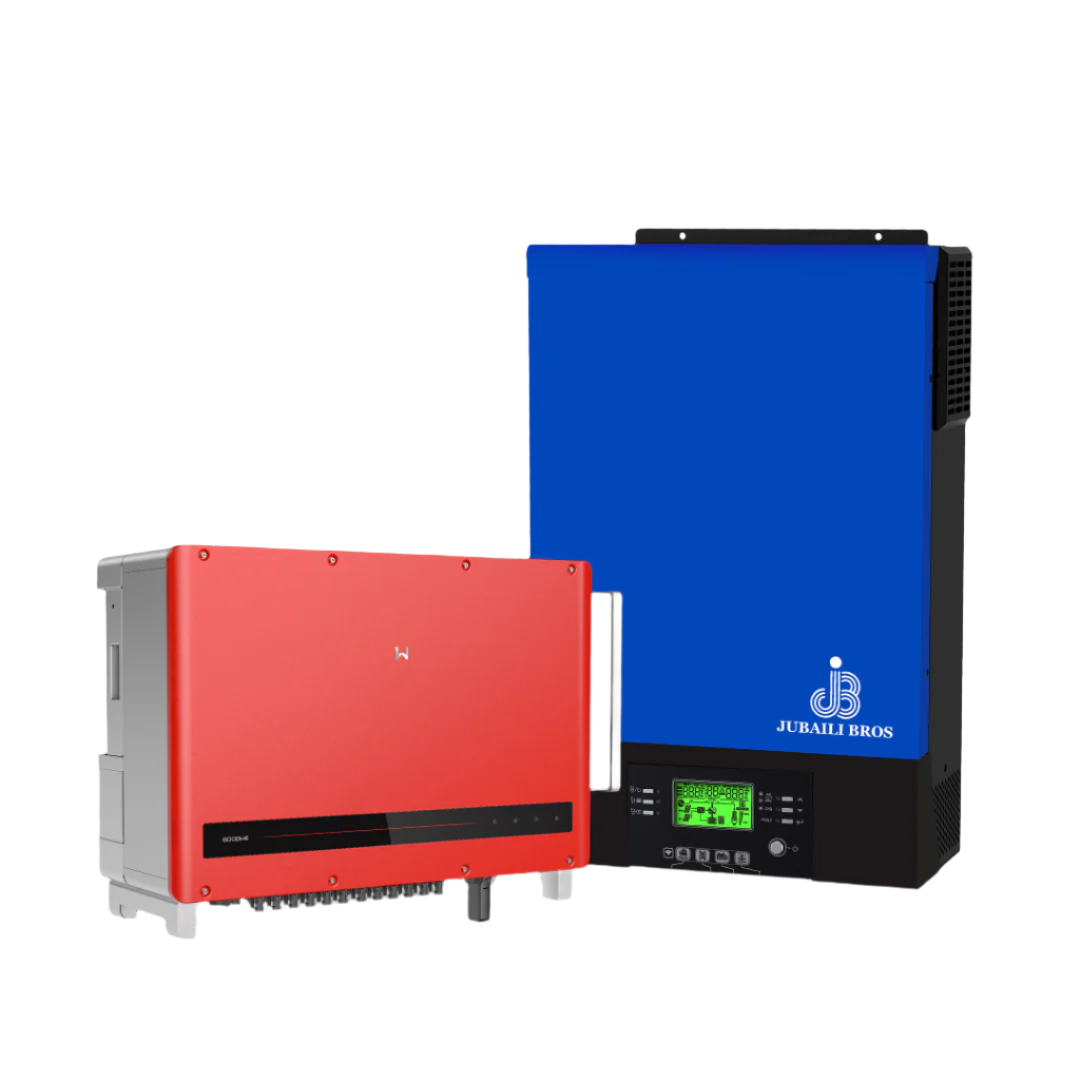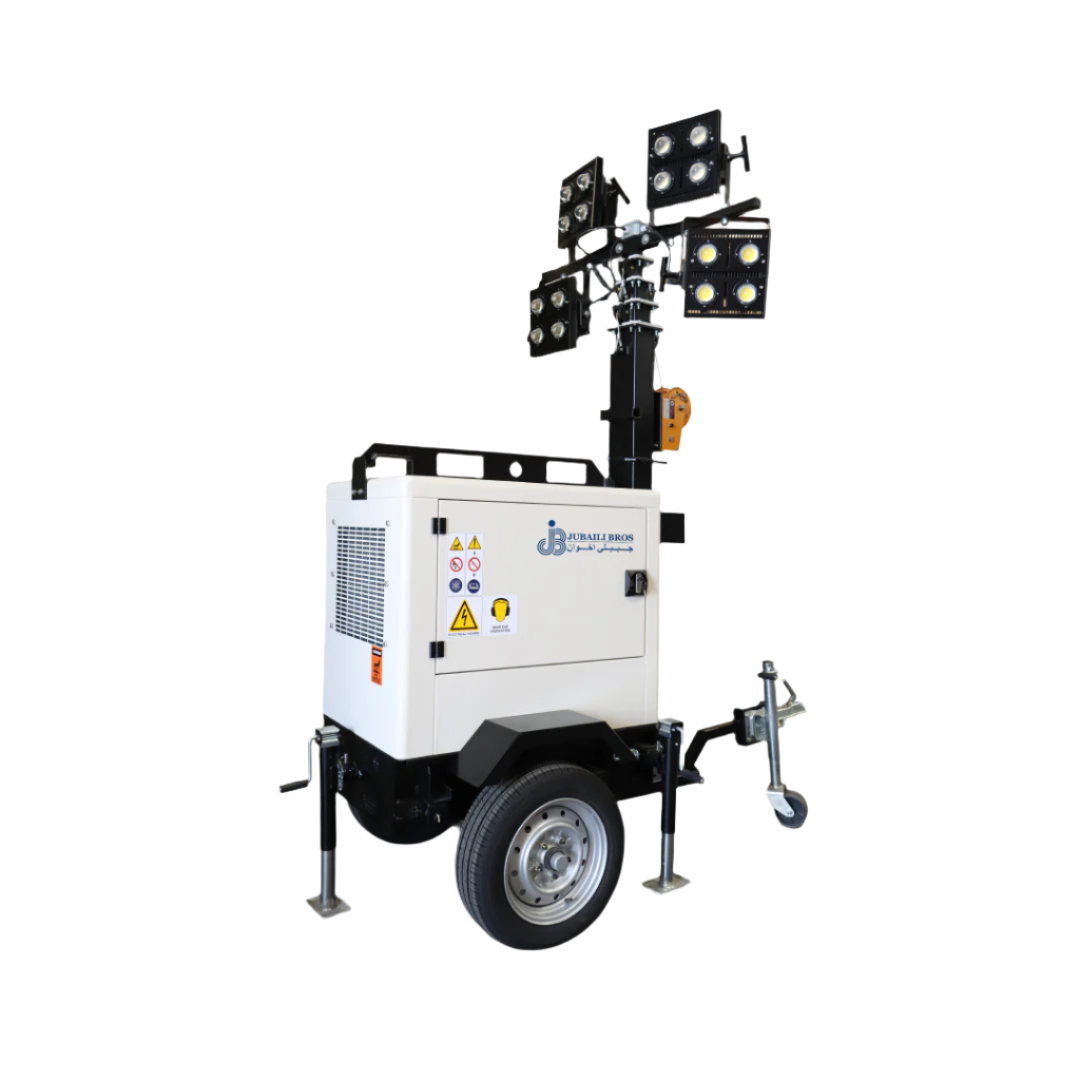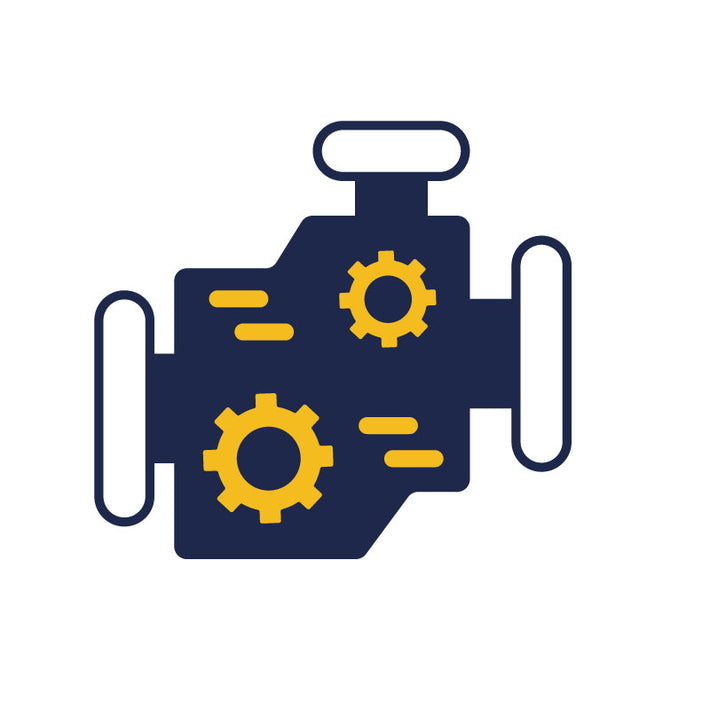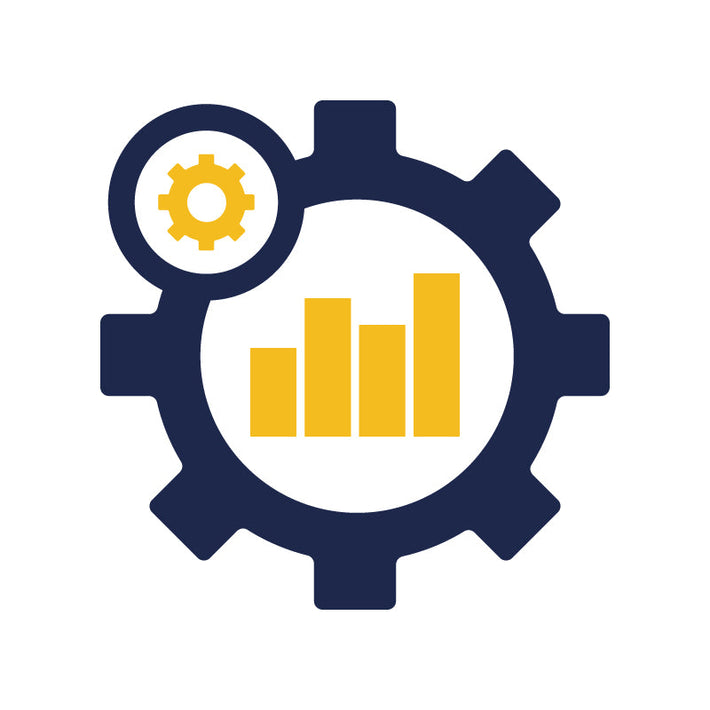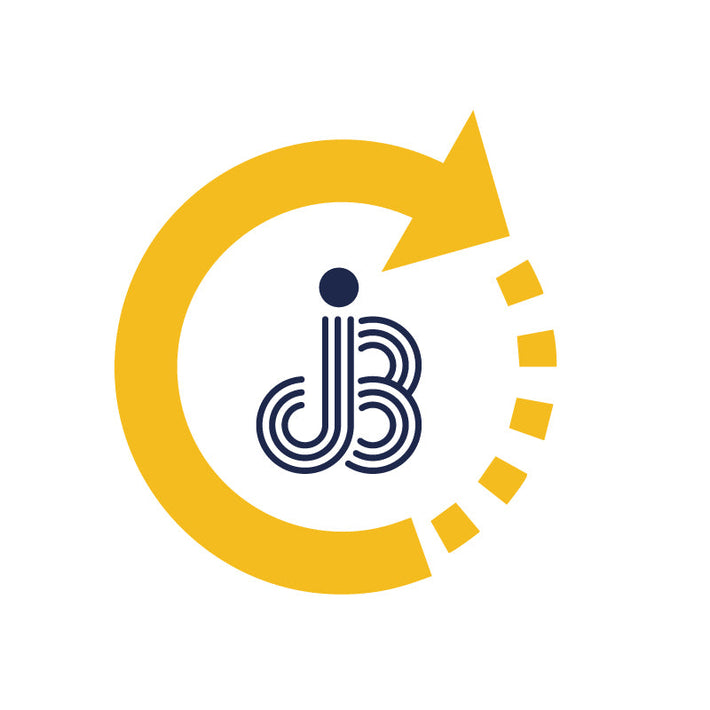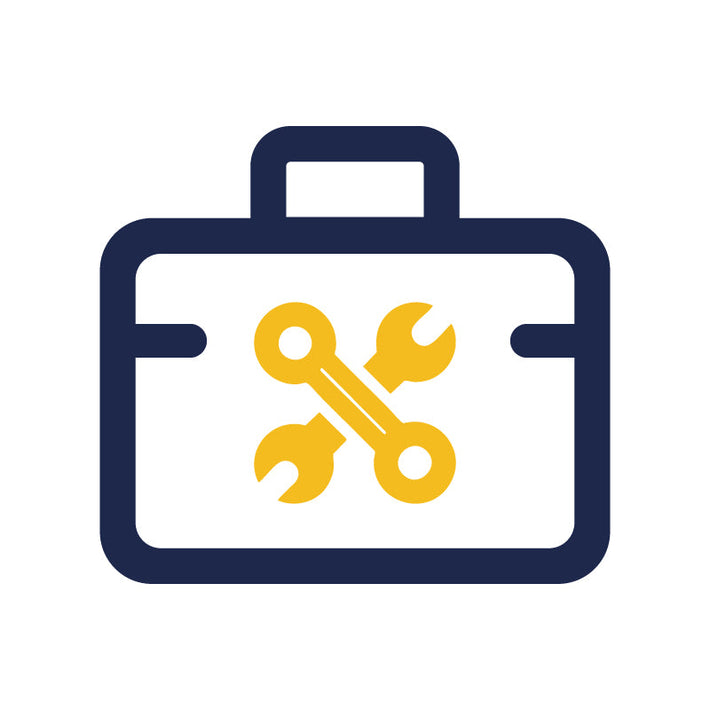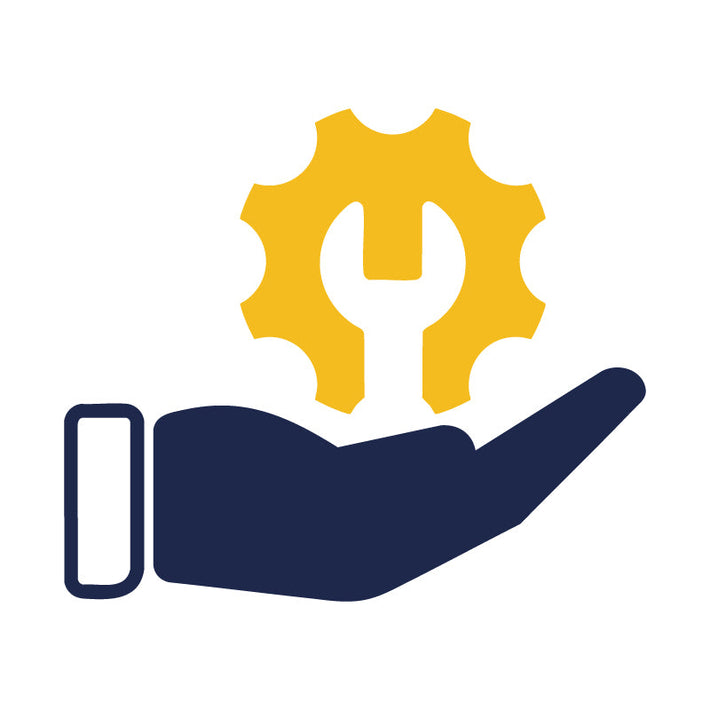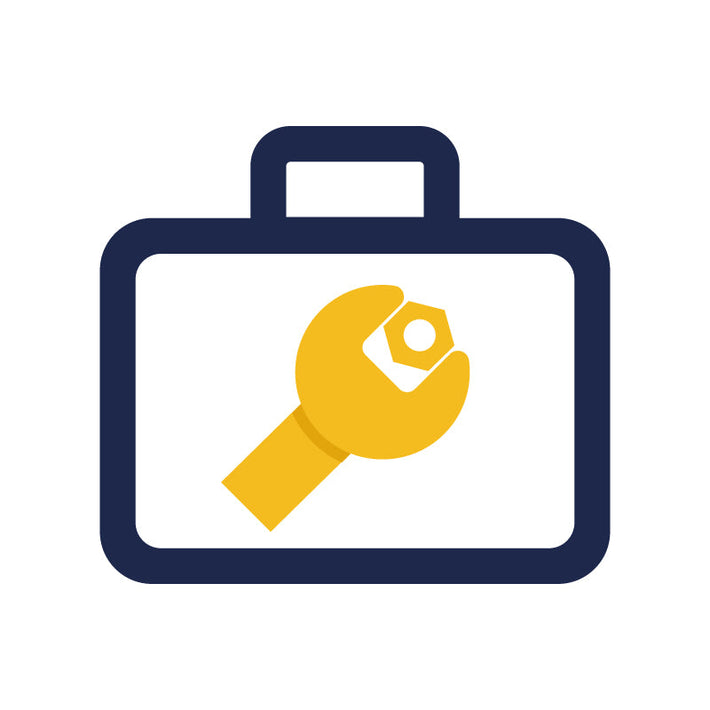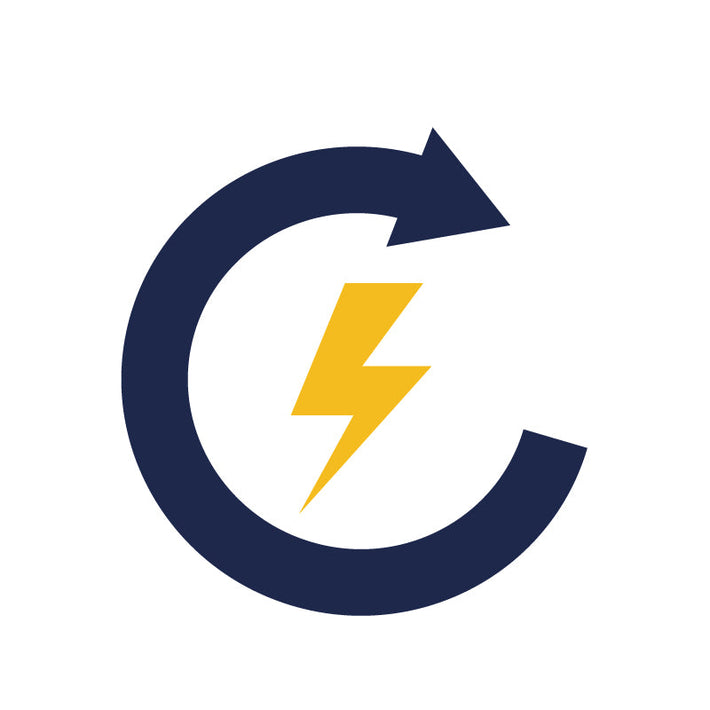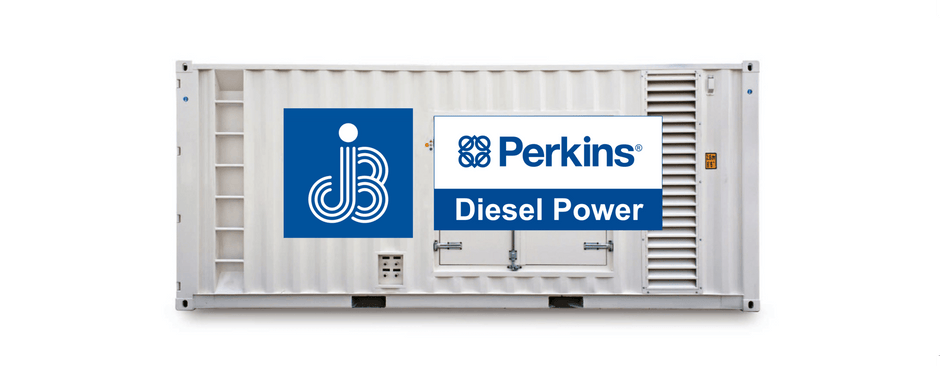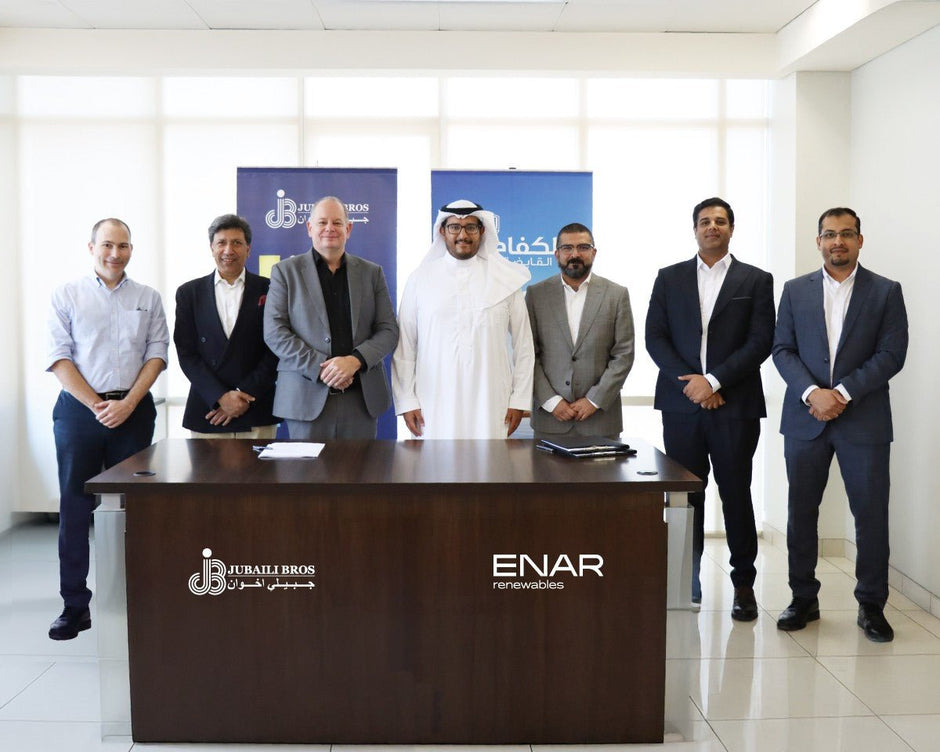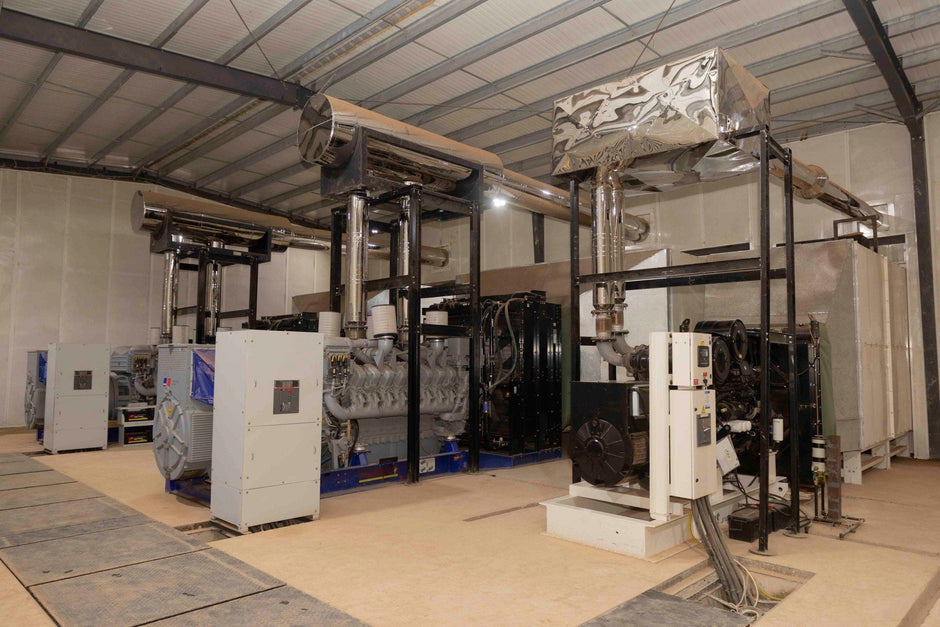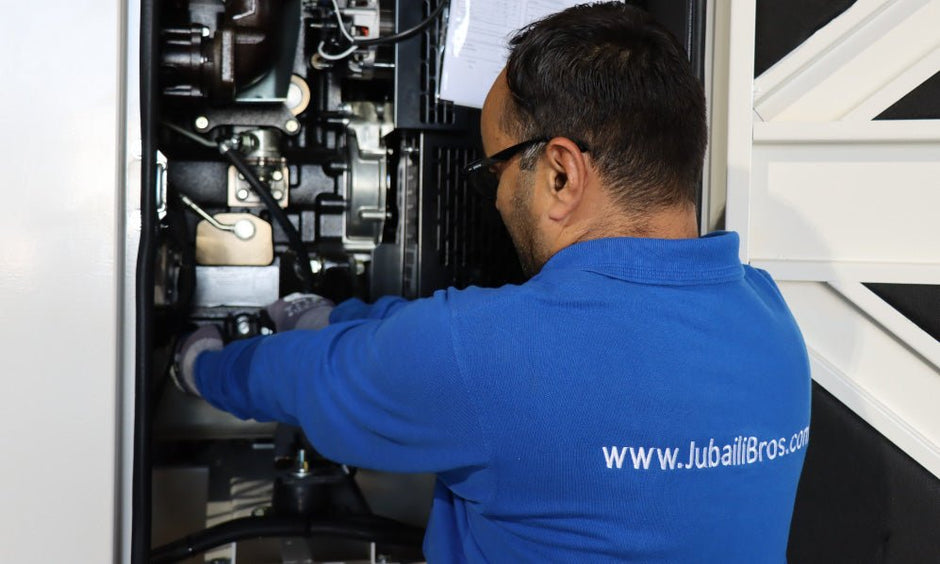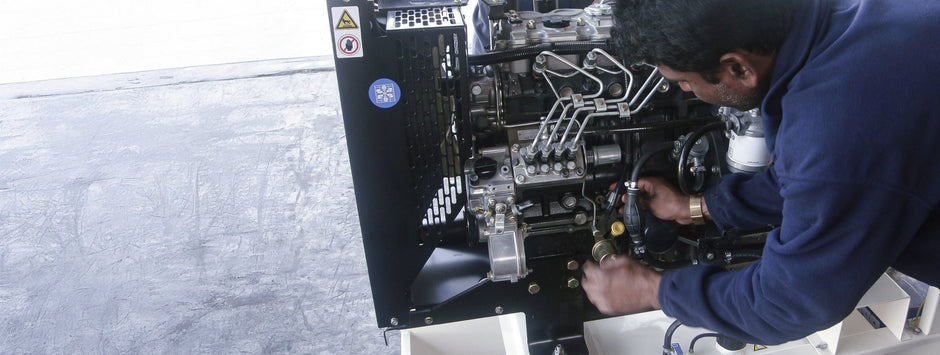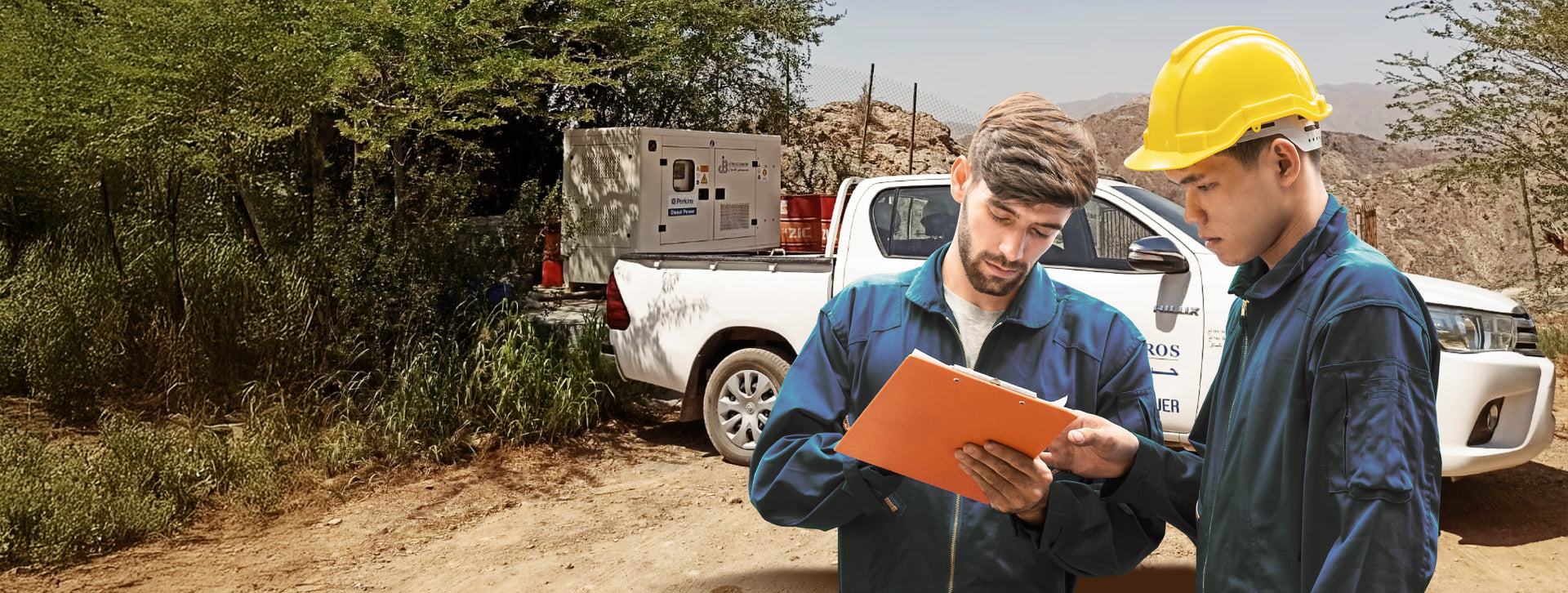A modern diesel generator is more than an engine and an alternator. The control panel—typically a microprocessor-based module such as the Deep Sea DSE 7320, 8610, or 8660—acts as the generator’s brain and central nervous system, bridging mechanical and electrical subsystems. It governs start/stop logic, synchronisation, load sharing, datalogging, and remote telemetry. The control panel plays a decisive role in how quickly a generator responds to outages, how safely it parallels with other sources, and how effectively it is maintained over time. This article outlines core panel functions, selection criteria, integration practices, and common pitfalls.
Core Functions of a Generator Control Panel
- Start/Stop Sequencing: Monitors mains power, initiates cranking, manages glow plugs, and handles post-run cooldown.
- Engine Protection: Shuts down the generator on low oil pressure, high coolant temperature, overspeed, or crank failure.
- Electrical Protection: Covers over/under-voltage, over/under-frequency, inverse time over-current, and earth fault detection.
- Voltage and Speed Control: Interfaces with the AVR and electronic governor via analogue signals or CANbus commands.
- Data Logging: Tracks runtime, alarm history, and scheduled maintenance intervals.
- User Interface: Displays kW, kVAr, volts, amps, and alarms on an LCD or color TFT screen with soft keys or tactile buttons.
Popular Controller Models and Use Cases
| Model | Application | Key Features |
|---|---|---|
| DSE 4520 | Single-set standby | AMF operation, 3-phase metering, 50-event alarm log |
| DSE 7320 | AMF with remote access | Ethernet, RS‑485, SMS/email alerts, cloud-ready |
| DSE 8610 | Multi-set island mode | Up to 32-set load sharing, CAN governor/AVR control, ISO load share |
| DSE 8660 | Grid-tied hybrid | Import/export kW control, PV interface, ROCOF and vector-shift protection |
Jubaili Bros preconfigures all factory-supplied control panels to match the generator duty cycle, local grid requirements, and end-user preferences. Settings such as protection thresholds, language, and maintenance intervals are tailored prior to shipment.
Wiring and I/O Best Practices
- Segregate signal and power wiring: Maintain a minimum 150 mm clearance between signal and power circuits. Cross at 90° if necessary.
- Shield sensitive lines: Use shielded twisted-pair cables for PT100 sensors, 4–20 mA loops, and magnetic pickups. Ground shields at one end only.
- Label all terminations: Apply heat-shrink markers or engraved tags at both cable ends for efficient troubleshooting.
- Plan for growth: Reserve at least 10 % of digital inputs and outputs for future site expansion or control enhancements.
Configuration and Commissioning Workflow
Control panels arrive with default firmware and settings. Field engineers should follow this workflow during commissioning:
- Update firmware: Install the latest stable release via USB or LAN.
- Upload site-specific parameters: Apply correct voltage levels, CT/VT ratios, and protection set-points.
- Simulate key events: Test engine start, mains failure, emergency stop, and protection triggers.
- Lock configuration: Document settings, export a parameter file, and secure access with a password.
Networking and Remote Telemetry
Deep Sea controllers support Modbus-TCP for SCADA, SNMP for networked monitoring, and remote data access through the DSE 890 gateway using MQTT protocols. This enables cloud-based dashboards with email/SMS alerts. Jubaili Bros offers configuration services for remote monitoring, including alarms for overspeed, low fuel, or site disconnection.
Firmware Management
Firmware updates enhance security, patch bugs, and ensure compliance with evolving grid codes. Most modern controllers use dual-bank memory for safe rollback if a failure occurs mid-flash.
- Always back up parameters before upgrading firmware.
- Schedule upgrades during periods of low generator usage.
- Reboot after update and validate firmware checksums.
Common Pitfalls to Avoid
- Alarm flooding: Factory-default thresholds may be too sensitive—tune settings for actual site conditions.
- Unmonitored battery health: Connect battery impedance input if available to prevent cold start failures.
- Single point of failure: Consider dual redundant controllers for Tier III and IV installations.
- Lack of surge protection: Install MOVs or TVS diodes on communication lines to shield against lightning or electrical transients.
Security and Access Control
To prevent tampering or configuration drift:
- Disable unused ports such as Telnet or unencrypted SNMP v1/v2.
- Enable password protection and use VLANs to isolate controller traffic.
- Log all changes in a CMMS or site-wide monitoring system.
Routine Maintenance Schedule
| Interval | Task |
|---|---|
| Monthly | Download logs and clear inactive alarms. |
| Quarterly | Verify voltage, current, and power metering accuracy. |
| Annually | Perform firmware updates and secondary injection testing of protection functions. |
Conclusion
A properly selected and configured control panel plays a decisive role in generator performance, reliability, and maintainability. By adhering to best practices for wiring, programming, and cyber‑security, facility managers can ensure their generator responds precisely when called upon—whether it’s for standby, load sharing, or grid-parallel operation.
Need help selecting or configuring your control panel? Contact Jubaili Bros—our controls team supports projects across the GCC and Africa from design through commissioning.

